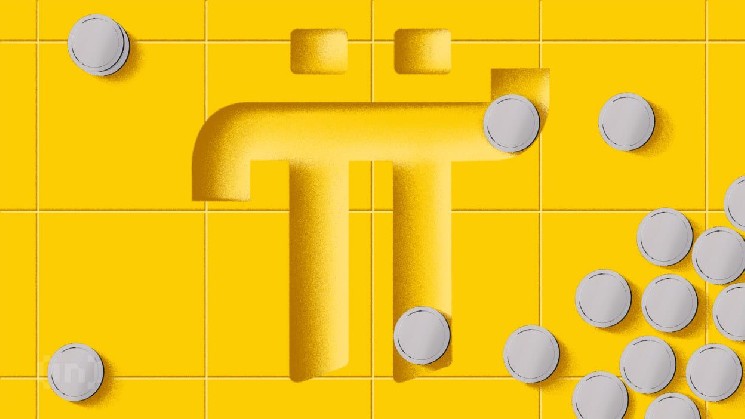PI Network today released MainNet Migration Roadmap. The roadmap has set out a three-stage plan to move tens of millions of pioneers still waiting to move to the open network. We will also introduce new rewards such as referral bonuses.
However, unlike most project roadmaps, the PI network did not provide an estimated date or timeline. This lack of clarification has frustrated early adopters who are still waiting for the important rewards and clarity of roll-out pacing.
Three-phase migration plan for PI networks
According to the roadmap, the PI network will first complete the initial migration of pioneers already in the queue. This batch checks validated basic mining rewards, security circle contributions, lockup commitments, rewards for using utility apps, and node rewards for some operators.
After clearing the first wave, the team will work on a second transition and add all referral mining bonuses linked to KYC -Verified team members. The PI says these referral rewards will continue once the current queue is over.
Finally, the network moves to continuous regular transitions (potentially monthly or quarterly) to handle the remaining bonuses and rewards.
Cadence “should be decided,” the roadmap points out.
Community concerns and important gaps
A thorough observation reveals some gaps and potential concerns in the roadmap.
For one, this plan never reveals how many pioneers remain in the daily migration capabilities of a queue or network. Without these numbers, users cannot predict when their migration will occur.
Node operators report that some “confirmed node rewards” have landed, but eligibility criteria remain unclear. Early node runners worry they might miss it without a clear benchmark.
Many pioneers say they tapped the complaint button every day because the transition was open but still lacked basic mining rewards. They question whether these base rewards and postponed referral bonuses will arrive in Phase 2.
The roadmap also acknowledges that the “transferable balance” in the UI underestimates the actual amount of migration to save resources. Users fear that this pessimistic display could undermine trust if true balance remains hidden.
“Did you think we’re mining all these PI coins all this time? We thought security circles were a consensus mechanism. It seems there’s no blockchain. One community member wrote.
Importantly, PI does not provide an audit or error resolution process to users who find discrepancies in past mining data.
Given the complicated six years of record, occasional conflicts seem inevitable, but the roadmap is silent on relief.
All migrations depend on the completion of KYC, but the team omits the scaling target or timeline for identity verification. The bottleneck here can stall all subsequent phases.
This schedule also ignores the main tokens of the token unlock events. This coincides with the transition wave, including the approximately 108.9 million PI tokens scheduled to be released this month.

PI monthly price chart. Source: TradingView
Finally, some pioneers challenge the basic narrative of the project. They note that Pi’s statement contradicts “All tokens were minted in Genesis.”
This raises questions about whether PI worked with a true blockchain protocol.
Last month, PI prices fell more than 45%. To maintain momentum and community trust, teams should now provide concrete timelines, transparent standards, and clear audit paths for mainnet migration.














